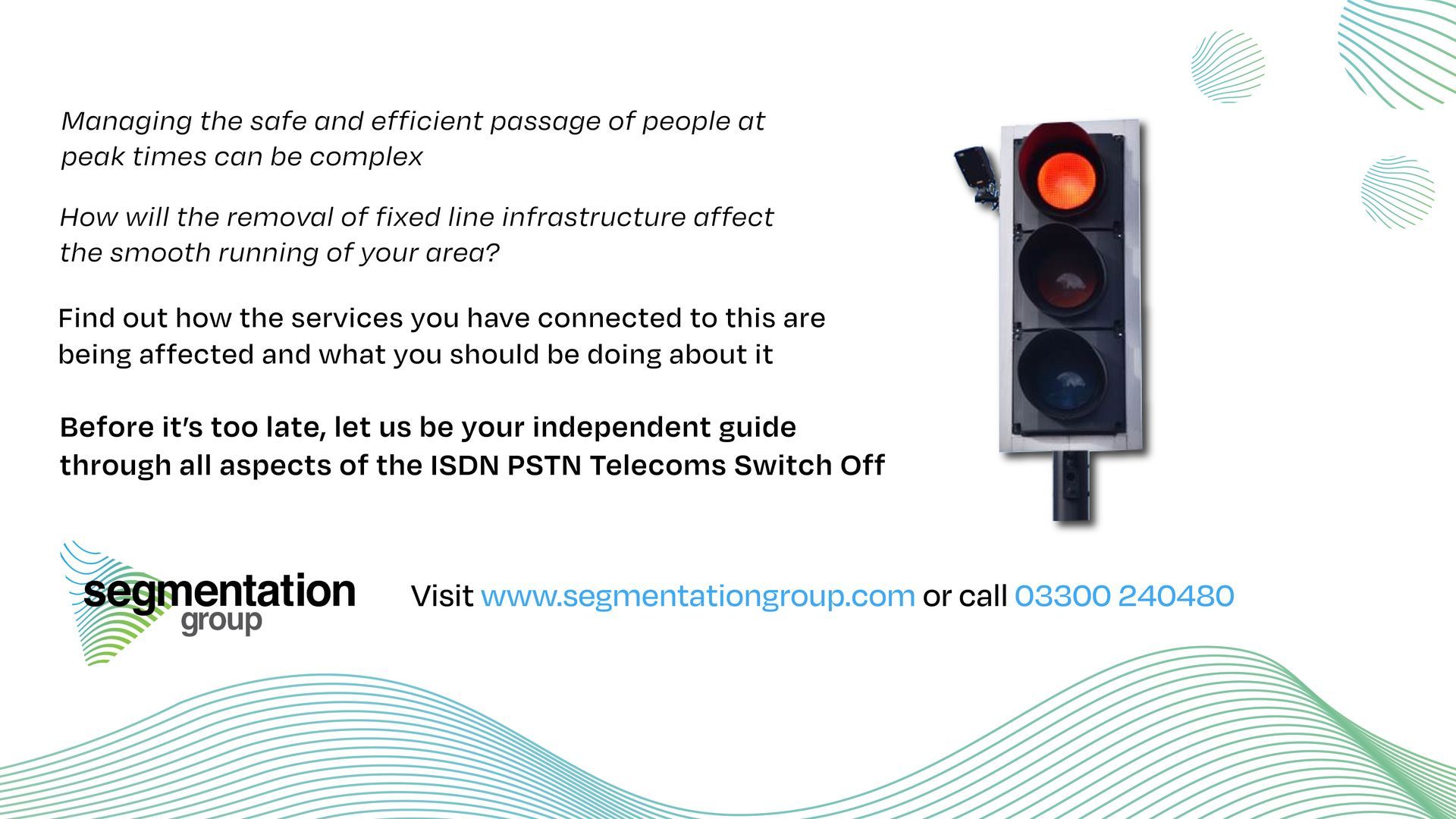The Development of Telecoms - Swansea

Swansea once produced 60% of the world's copper and was known as the UK's Copper Kingdom or Copperopolis.
In 1876, Alexander Graham Bell invented the telephone and in 1881 he patented copper twisted pairs which resulted in the birth of the modern telephone system.
Since the 19th century, copper is the metal that has been traditionally used for communications cables and wires because of its low resistance to electricity, its thermal conductivity and its ability to carry signals over great distances with little interference.
As well as telephone signals, copper has been used to transmit Internet connections, such as broadband and cable television signals.
However, these aging copper phone lines that have been the foundation of the UK's telecommunications infrastructure are about to be disconnected. With their origins in the Victorian era, the demand placed upon them is becoming too much. They are increasingly difficult and costly to maintain due to lack of parts or even knowledge, as most newly qualified engineers are unfamiliar with this archaic technology and with the advent of the smartphone, landlines are being used less and less.
The ISDN and PSTN networks are being replaced by fiber optic based internet telephony. These next-generation technologies are going to be faster, they can cover greater distances, are impervious to electromagnetic interference, save space and enhance cable management and they are future-proof, so are unlikely to become obsolete any time soon.
The Swansea area covering 2,300 square miles, presents sharp contrasts from its giant steel works at Margam, its port of Swansea, through peaceful farmlands to the rugged western coast where stands the ancient cathedral of St. David.
During the late 1940s there were 128 exchanges, with 21,235 lines and 34,189 stations.
Although from this point of view the area is the smallest in the country, it has, nevertheless, 191,000 miles of underground wire and approximately 40,000 miles of overhead to maintain.
As the area is predominantly rural, the provision of service for farmers and kiosks was an important problem.











